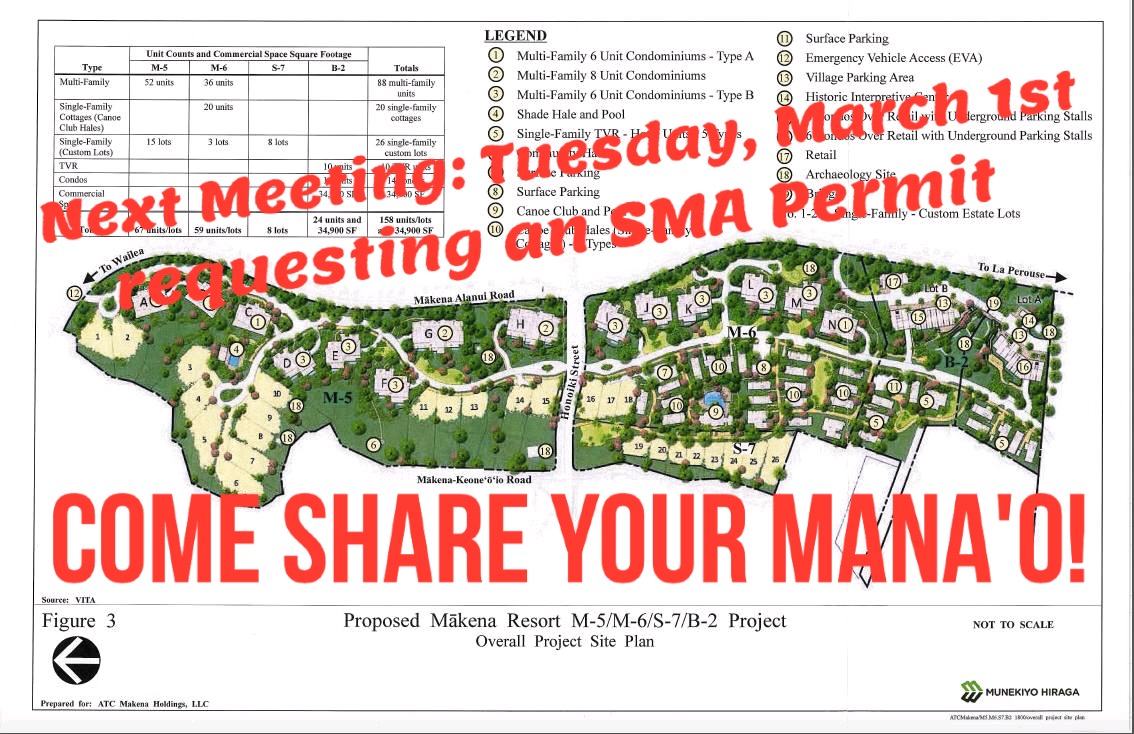WELL-KNOWN NORTH SHORE SEAL FOUND WEAK AND EMACIATED AFTER HOOKING
DLNR, NOAA ask for public’s help for timely reporting
of monk seal hooking or entanglements
HONOLULU — The Department of Land and Natural Resources (DLNR) and NOAA Fisheries announced today that since the beginning of 2012, NOAA Fisheries, DLNR, and partners have responded to 14 seal hooking incidents involving 11 individual Hawaiian monk seals.
Due to early reporting, seven of the 12 live cases ended successfully with intervention from authorized federal and state agency monk seal responders. Three of the cases ended in deaths. The most recent instance which was not immediately reported resulted in serious injury to the seal.
On Wednesday, November 14, a 15 year old female Hawaiian monk seal, known by her flipper tags as “R5AY,” was reported seen with a hook in her cheek. NOAA Fisheries mounted an extensive search, and on Saturday, November 17, she was located hauled out on Sunset Beach on the North Shore of O‘ahu, at which time she was safely captured by NOAA Fisheries staff and transported to Waikiki Aquarium for further evaluation and supportive care.
At the time she was captured, she was weak, severely emaciated, and covered in algae. She had a large swelling within and around her mouth and an ulua hook lodged in her cheek. Attached to the hook was a monofilament leader and “pigtail” connector, a type of gear frequently used in “slide bait” shoreline fishing. Exams showed severe necrosis (dead or dying tissue) of her tongue.
On Monday, November 19, R5AY was transported to the Honolulu Zoo where reconstructive surgery was conducted. About one-third of her tongue had to be removed, because the tissue could not be saved.
As of today R5AY is alert and mobile. Her tongue is healing and she has started to eat live and dead fish. She is still in guarded condition but NOAA Fisheries continues to be hopeful of a speedy recovery and release. A physical exam will be conducted today, and based on the findings, a tentative release date will be considered in consultation with NOAA Fisheries staff and veterinarians.
NOAA Fisheries joins DLNR in urging fishermen and all ocean users to report hooking and other interactions with monk seals as soon as possible. R5AY was near death when she was found and she apparently had been hooked for several days.
“Monk seals are a vital part of Hawai‘i’s marine and cultural environment,” said William J. Aila, Jr., DLNR Chairperson. “It is important to acknowledge the contributions of the Waikiki Aquarium and Honolulu Zoo in helping to treat and care for R5AY and several other seals in the past. The support of these partner organizations is very much appreciated.”
Aila continued, “DLNR and NOAA seek to address all adverse impacts on Hawaiian monk seals. Early reporting gives monk seals an increased chance of survival. We want to partner with the fishermen to further reduce impacts. Following the guidelines and reporting hookings can help make a relatively small impact become even smaller.”
The guidelines are available at the following link: http://www.fpir.noaa.gov/Library/PRD/Hawaiian%20monk%20seal/HMS-fishing_guidelines-FINAL-PUBLIC.pdf <http://www.fpir.noaa.gov/Library/PRD/Hawaiian%20monk%20seal/HMS-fishing_guidelines-FINAL-PUBLIC.pdf>
NOAA Fisheries Service data indicate that a total of 84 hooking-related interventions have occurred over the past 10 years, with a total of nine incidents in 2011 and 14 incidents thus far in 2012.
The agencies offer guidelines, titled “Hawaiian Monk Seals and Fishing Interactions: Guidelines for Prevention, Safety and Reporting,” that describe actions fishermen can take to avoid seal hookings and entanglement, and to reduce fishing gear and bait loss. The guidelines also stress the importance of reporting all fishing interactions.
The toll-free, 24/7 reporting hotline for all fishing interactions and other marine mammal incidents is: 1-888-256-9840. NOAA and DLNR urge all fishermen and other ocean users to write down this hotline and/or save it in their mobile phones for timely use whenever a seal is hooked or entangled.
# # #



